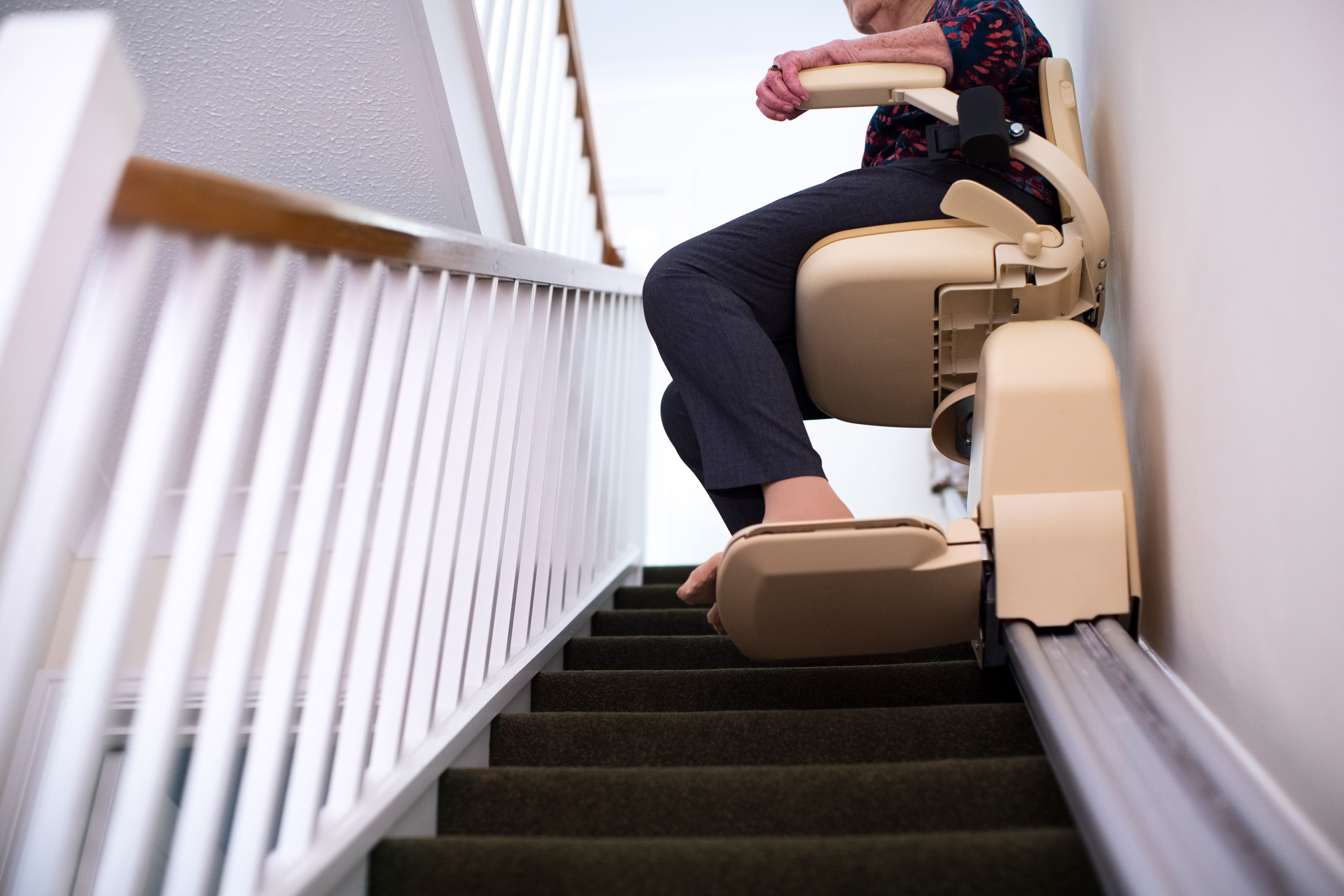How Lift Maintenance London Sticks Out Among Local Lift Repair Companies
How Lift Maintenance London Sticks Out Among Local Lift Repair Companies
Blog Article
Comprehensive Guide to Elevator Systems and Their Maintenance
Navigating the elaborate world of elevator systems and their upkeep is a task that requires accuracy and knowledge. From the various kinds of elevator systems in use to the meticulous adherence to safety and security policies, the maintenance of these upright transport tools is a complex venture.
Kinds of Lift Systems
Lift systems come in numerous kinds, each developed to match details structure demands and individual needs. The most usual kinds consist of hydraulic elevators, grip elevators, machine-room-less lifts, and vacuum cleaner lifts. Hydraulic elevators are perfect for low-rise structures and utilize a hydraulic piston to relocate the elevator auto. Traction lifts, on the other hand, are more suited for high-rise buildings and utilize steel ropes and counterweights to move the vehicle. Machine-room-less lifts are a space-saving choice as they do not need a different maker room for the lift equipment. Vacuum cleaner lifts, a more modern advancement, usage air pressure differentials to relocate the automobile within a clear tube.
Each type of lift system has its own benefits and disadvantages, making it vital for building proprietors and developers to thoroughly consider their particular demands before selecting the most ideal choice. Elements such as developing height, room schedule, power efficiency, and budget plan restrictions all play a considerable function in figuring out the ideal lift system for a certain building.
Usual Maintenance Issues
Regular upkeep of elevator systems is necessary to make certain smooth procedure and prolong their lifespan. Despite normal maintenance, lift systems can still come across common upkeep concerns that need to be quickly addressed to prevent disturbances in service. Among one of the most frequent problems is door breakdowns. Elevator doors may get misaligned, causing concerns with opening and closing properly. This can trigger delays and safety dangers, requiring instant focus from maintenance service technicians. An additional typical problem is associated with the lift's leveling precision. If the elevator does not line up correctly with the floors, guests may experience tripping threats and pain. Furthermore, problems with the control system, such as sensor problems or electrical problems, can create the elevator to breakdown or quit working completely. Regular inspections and aggressive upkeep can help identify and settle these typical upkeep concerns prior to they intensify and impact the overall efficiency of the lift system.
Safety Rules and Conformity
Complying with rigid security laws and making sure compliance with market requirements are vital for keeping the functional honesty of elevator systems. Elevators go through an extensive set of safety guidelines to secure travelers, maintenance employees, and the public. Governing bodies such as the Occupational Safety and Health Administration (OSHA) in the United States and the European Lift Association (ELA) in Europe establish guidelines that cover numerous elements of elevator design, maintenance, installation, and operation.
Compliance with these regulations is not only a legal requirement but likewise a moral obligation for building owners and elevator upkeep firms. Failing to fulfill safety and security standards browse around this site can lead to penalties, lawful obligations, and, most importantly, jeopardize the security of people utilizing the elevator. Routine inspections, maintenance checks, and adherence to security procedures described in the laws are necessary to make sure the effective and risk-free procedure of lift systems. By prioritizing safety and security regulations and compliance, stakeholders can support the depend on of the general public and reduce prospective threats related to lift usage.
Best Practices for Maintenance

One more essential finest method is to without delay resolve any type of uncommon sounds or noted concerns to stop additional damage. Implementing a proactive approach to upkeep can conserve time and cash over time by staying clear of pricey repair work or replacements. Structure owners need to likewise consider buying innovation upgrades to pop over to this site improve the efficiency and safety of their lift systems. By complying with these best techniques, elevator systems can operate smoothly and safely, supplying trusted vertical transportation for residents.

Advanced Technologies for Efficiency
Carrying out innovative technologies in lift systems can significantly boost operational effectiveness and passenger experience. These systems allow guests to input their desired floor prior to entering the elevator, which after that guides them to the most efficient auto.
In addition, the combination of smart sensors and predictive upkeep capabilities has revolutionized lift upkeep. These sensing units can spot possible concerns prior to they escalate, enabling positive maintenance treatments and decreasing downtime. Additionally, making use of regenerative drives and energy-efficient elements helps in reducing power intake and operating costs in lift systems.
In addition, the implementation of cloud-based tracking and remote diagnostics enables real-time tracking of lift performance and prompt troubleshooting of any kind of malfunctions. This positive approach not only boosts system integrity however additionally enhances the total customer experience this post by making certain smooth and uninterrupted elevator operations.
Final Thought
In verdict, understanding the various kinds of elevator systems, usual maintenance problems, safety and security policies, ideal maintenance techniques, and progressed innovations for performance is important for making certain the smooth operation of lifts. By sticking to safety laws and applying best practices for maintenance, structure proprietors can lengthen the lifespan of their elevator systems and ensure the security of guests. It is very important to stay upgraded on the current advancements in lift modern technology to enhance performance and reliability.
The most common kinds include hydraulic elevators, grip elevators, machine-room-less lifts, and vacuum cleaner lifts. Hydraulic elevators are excellent for low-rise structures and make use of a hydraulic piston to move the elevator auto. Machine-room-less lifts are a space-saving choice as they do not need a separate device room for the lift machinery. Regular inspections and proactive maintenance can assist determine and solve these usual upkeep concerns prior to they intensify and impact the overall performance of the elevator system.

Report this page